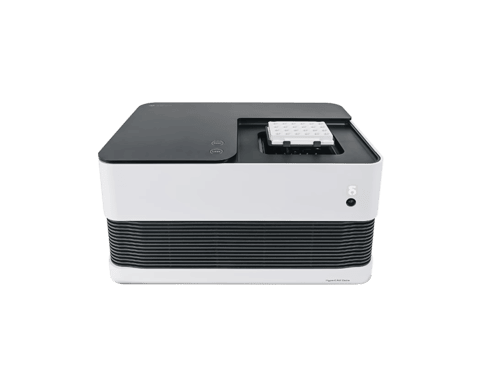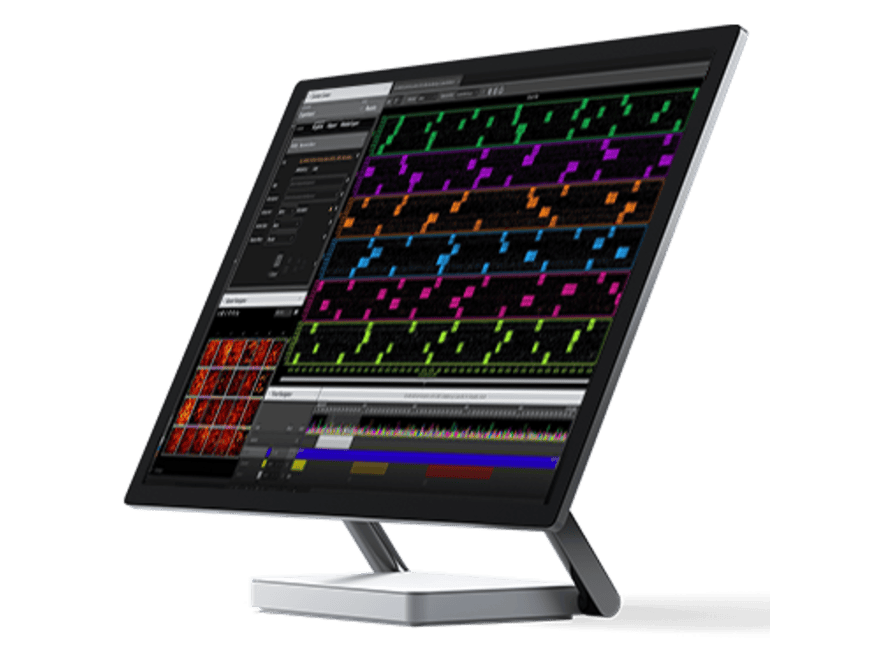Basic principles
What is an electrophysiological signal?
A cellular membrane is a semi permeable lipid bilayer acting as a capacitor that accumulates positive and negative ions on each side of the membrane. At rest, cells like neurons accumulate negatively charged ions in the intracellular compartment. Because the membranes are not permeable to ions, the asymmetry of charges on each side of the membrane creates a difference of electrical potential (or voltage) called the membrane potential. This membrane potential can be measured with intracellular techniques such as sharp electrodes or patch clamp.
Neuronal activity, by opening specific ion channels, generates currents due to the ionic movements driven by their electrochemical gradient. Because of the high resistance of the contact between the neuron and the electrode, these small currents generate a non-neglectable voltage (ohm law). The quality of the recorded signal depends greatly on the proximity and the nature of the contact between the electrode and the cell: the closer is the cell or the better is the contact (the higher is the resistance), the better is the signal recorded. These voltage changes can be measured from inside the cell with intracellular electrodes, or at a distance with extracellular electrodes positioned almost in contact with the cell.

An extracellular electrode can record the extracellular field potential generated by the action potentials of one or more neurons. It reflects the force (or electrical field) exerted on ions in a conductive medium like the extracellular compartment (Graziane and Dong, 2016). It is then an indirect measurement of the ionic movements that corresponds in principle to the first derivative of the signal sensed in an intracellular configuration (Henze et al, 2000). Recorded signals can reflect the fast spike activity of individual neurons (events in the order of 0.5-2 msec with hundreds of µV peak amplitude) or the slower superposition of action potentials and synaptic potentials (Spira et al, 2013) resulting in waves (>10 ms duration) of high amplitude (typically from hundreds of µV to 1-2 mV).
Traditional intracellular recording techniques such as patch clamp provide a better signal quality compared to conventional extracellular approaches, but they have severe technical limitations in scaling up the number of sensing sites and therefore cannot efficiently decipher neural network function in health and disease. This results in the impossibility to describe the physio-pathological neuronal activity at a level where the neuron stops acting as a single unit and starts working in cooperation with other cells, providing the parallelized, integrative and massively multisensorial processing that is a unique signature of the brain. Therefore, developing approaches to increase the number of recorded neurons has been a major neurotechnological challenge of the last decades (Maccione et al, 2015).

























